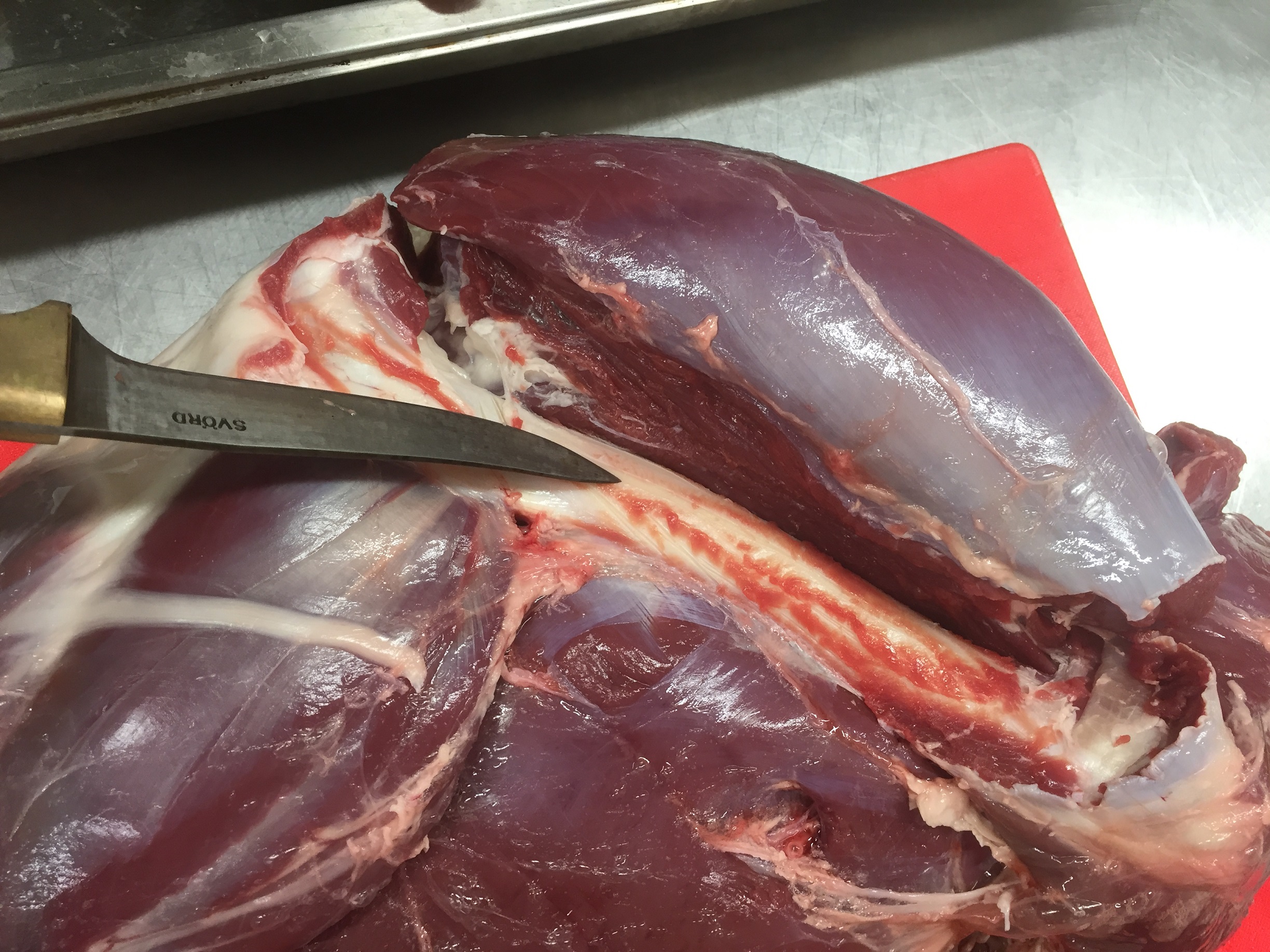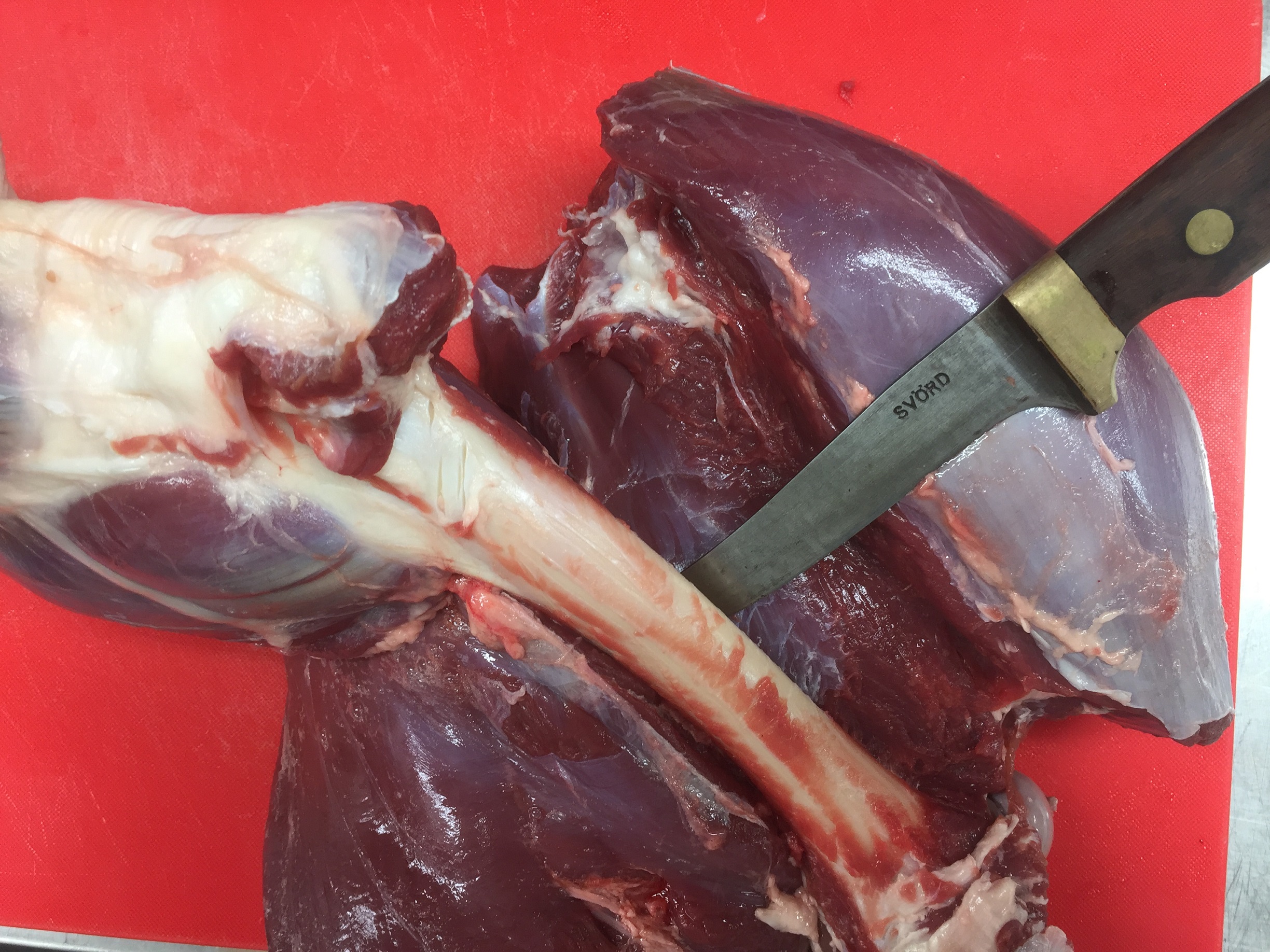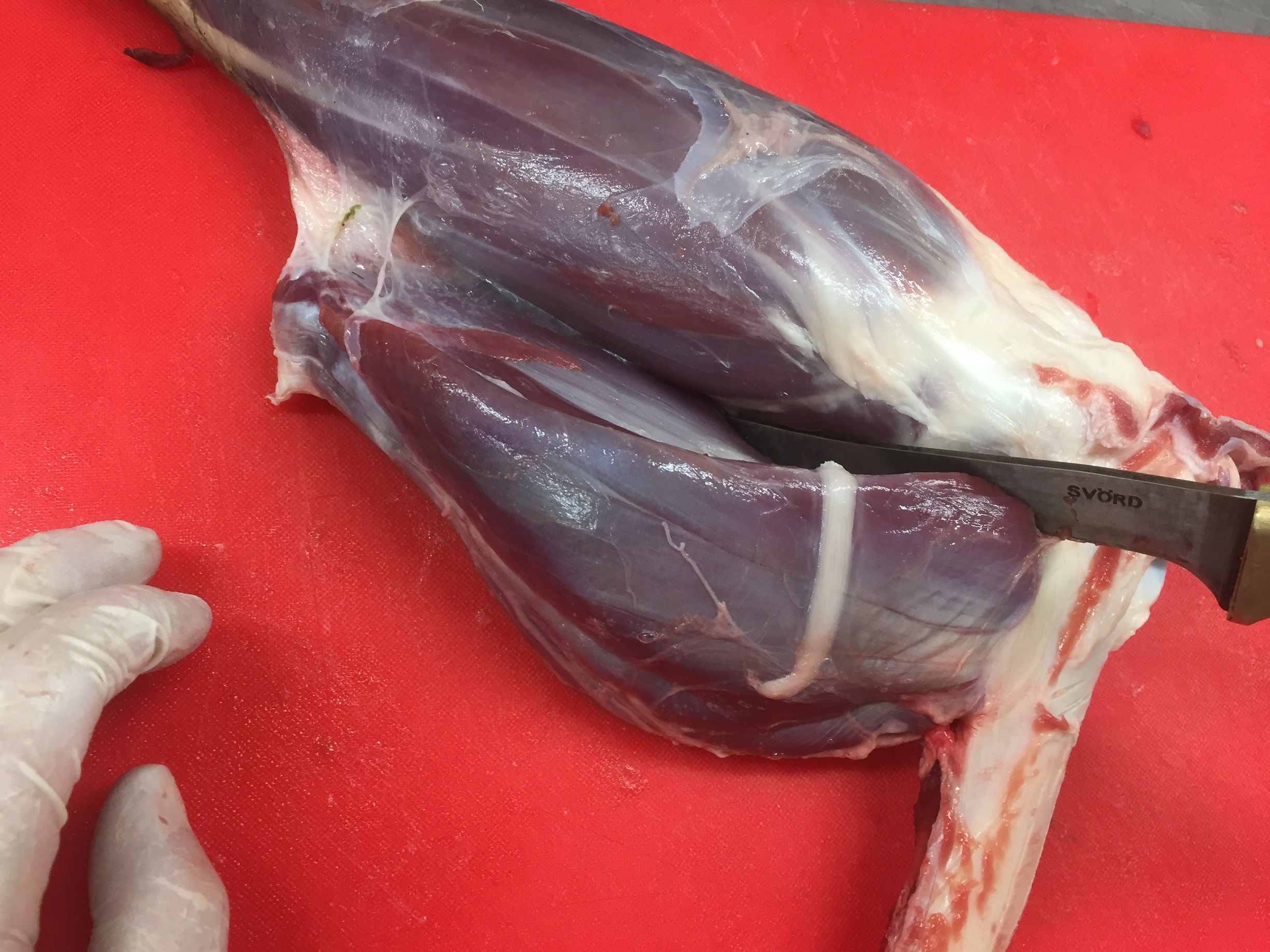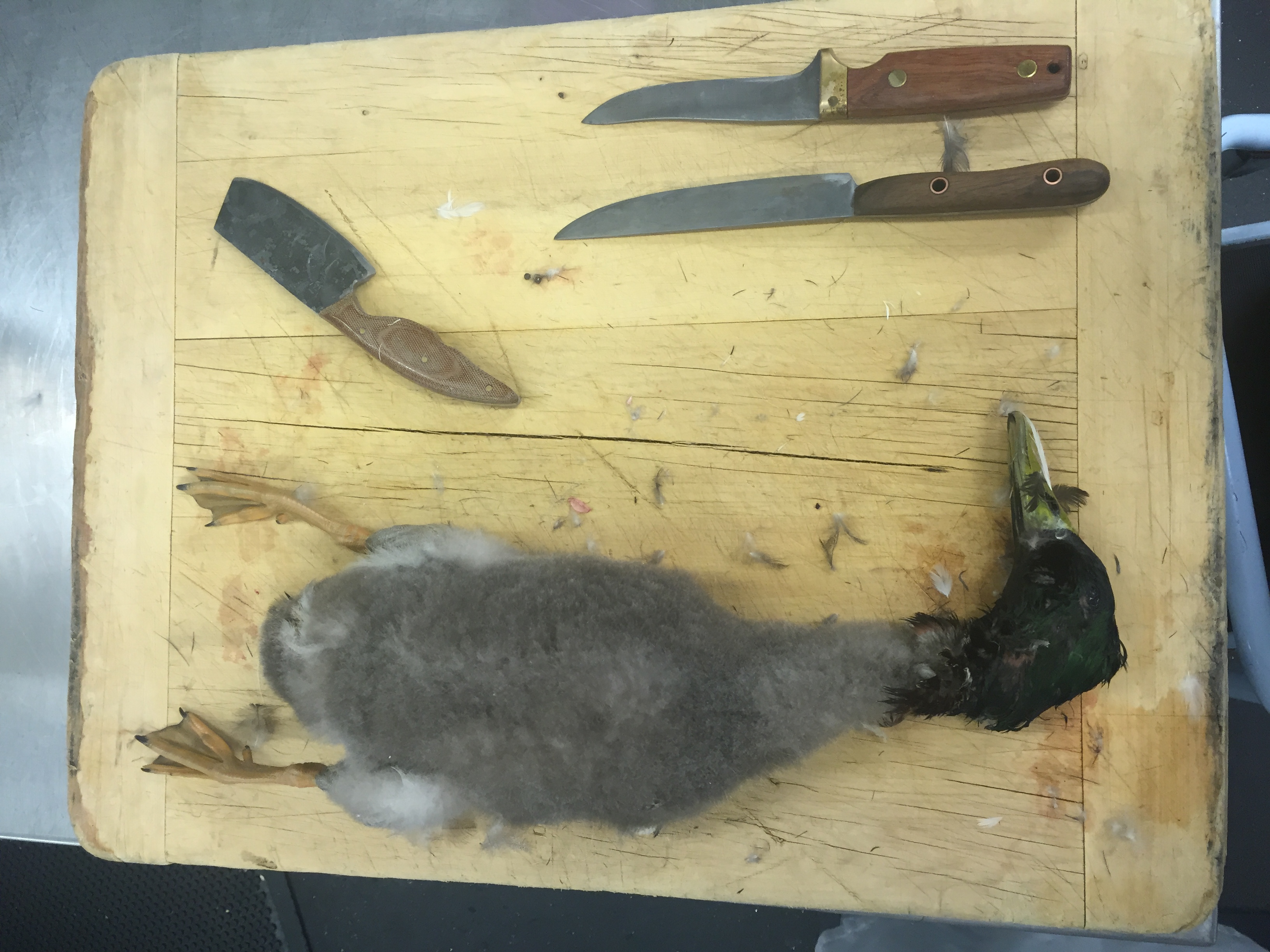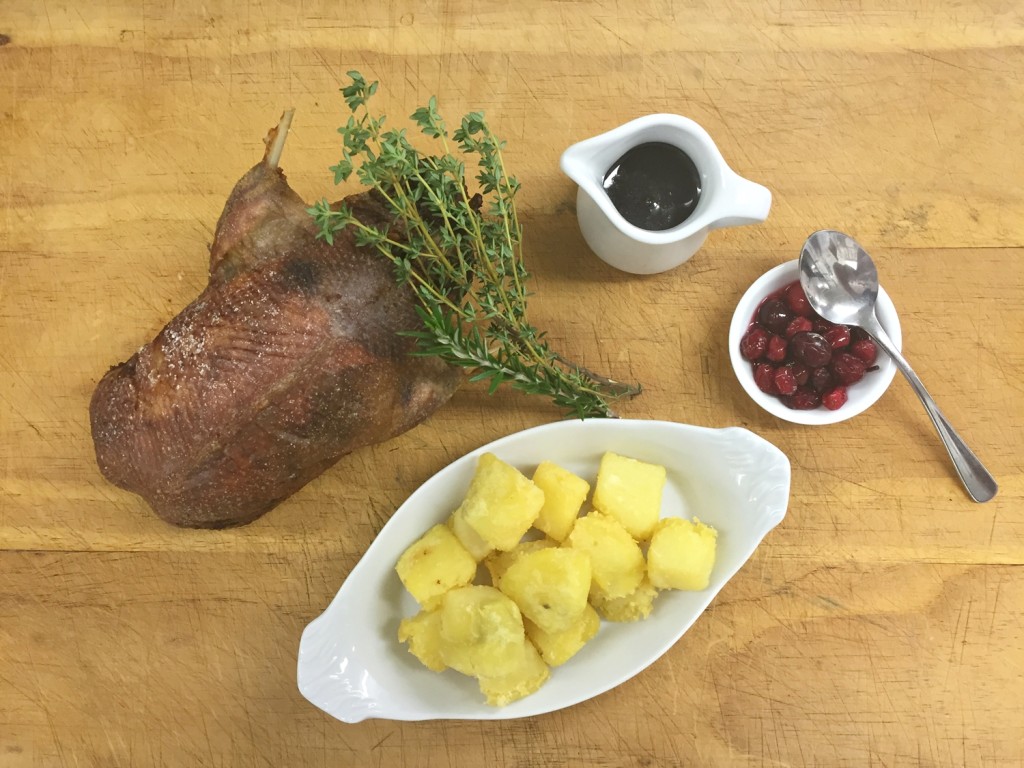Shooting goats was the way many of us first graduated from hunting small to larger game and this recipe in my opinion transforms the humble goat into something pretty special. This recipe uses all of the animal which I think is really important, if we’re taking a life we should give it the respect it deserves and try to not waste any of it. You can use any part of the goat for the pie, even the prime cuts if you like however if you do you won’t need to cook it as long. For this dish I have used the back leg meat (could use neck or shoulder too) for the pie and I’ve taken to the goat with a hacksaw to make racks but you could always just go the quicker route and take the back steaks off the bone, just make sure you cook them pink so they don’t dry out. Oh and if you’re taking a meat animal, as always the younger nannies will taste the best.
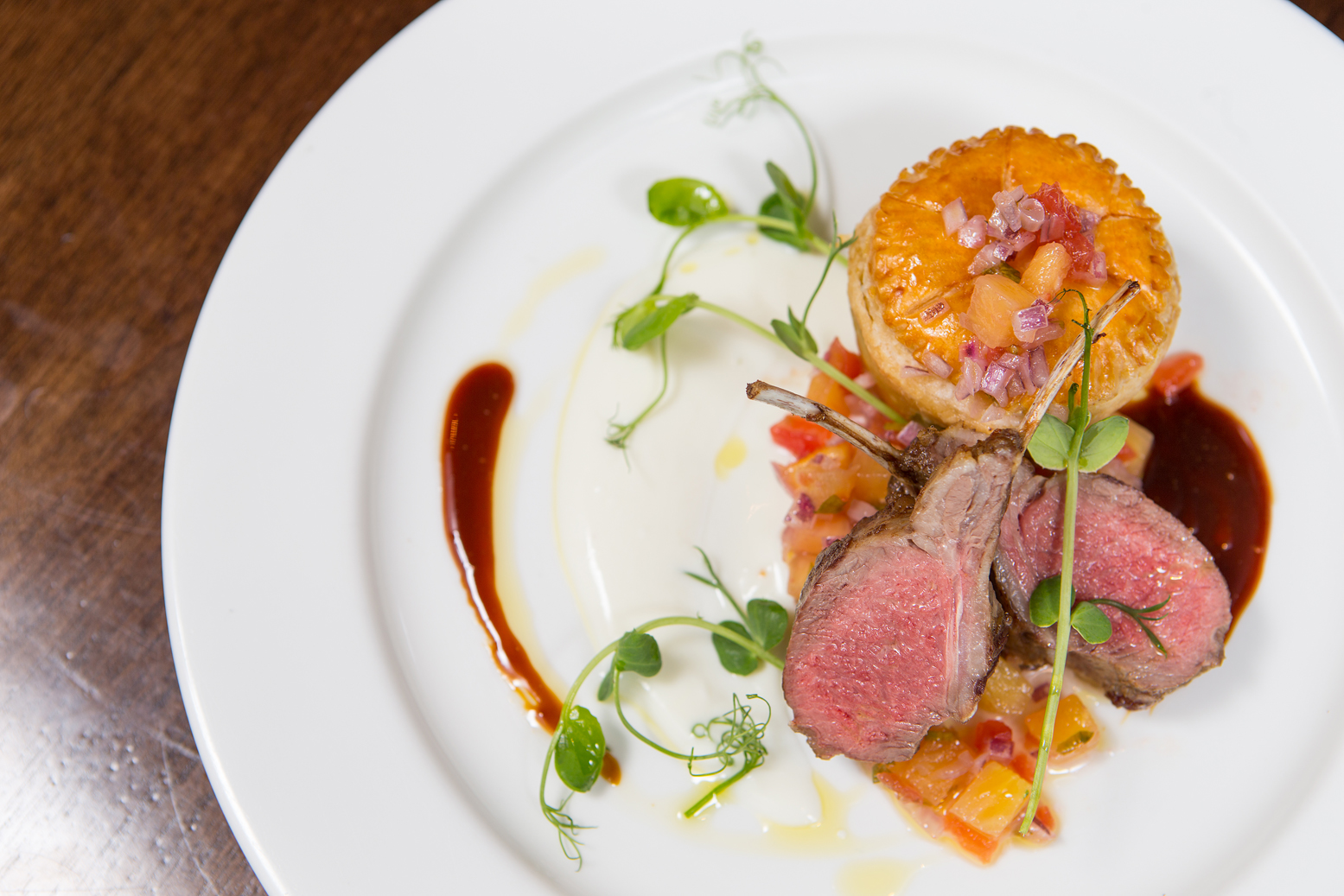

- 4 Tomatoes, large
- 1/4 Red onion
- 1/2C Pineapple
- 1/2C Cucumber
- Mint, finely sliced/chopped
- 1tsp Lime juice (to taste)
- 1tsp Fish sauce (to taste)
- 650g Goat leg, trimmed and diced
- 1x 425ml Tin coconut cream
- 2 tablespoons Massaman curry paste
- 1 cup chicken stock
- 1/2 cup unsalted roasted peanuts
- 2 medium potatoes, peeled, medium dice
- 1 cinnamon stick
- 2 bay leaves
- 5 cardamom pods
- 2 tablespoons brown sugar
- 1 tablespoon tamarind
- 1 tablespoon fish sauce
- 1 packet puff pastry sheets
- 1 egg, whisked with 1Tbs milk
- 2Tbs butter, melted
- Take the seeds out of the tomatoes and the cucumbers but you can leave the cucumber skin on. Small dice the tomato, pineapple and cucumber but finely dice the onion (as fine as you can). Combine all the ingredients and season to taste with salt and pepper.
- In small batches, sear the diced meat in a hot pan with a little oil until it is nicely browned and put to one side. In a pot large enough to fit all your ingredients, fry the spice paste until it becomes fragrant, add the meat and all the other ingredients (except the puff pastry, egg and butter). Simmer on a low heat on the stove or covered in a baking dish in the oven set to 160C for about 2hrs or until meat is nice and tender. You can add more tamarind and fish sauce or sugar to taste. Cool. Once the mix is cold you can use to fill your pies. I like to make individual pies, how many pies you get out of the mix will depend on how big or small you would like them but this amount should get you about 10 or so medium sized pies or one really big one. Grease your pie moulds with some melted butter, cut circles of puff pastry large enough to fill your mould right to the edges, push the pastry into the moulds and prick the base with a fork to stop it from puffing up at the bottom. Fill your pies with the cold goat curry mix, brush the edges of the pastry with your whisked egg, cut out circles of pastry for your lids and crimp the pie lid on with a fork. Trim the overhanging edges with a knife and brush the top with your egg mix. Bake at 180C until the pastry is cooked and golden brown, (about 12-15mins depending on the size of your pies and the oven). Leave to cool just enough to handle and remove from the moulds. You can make these pies ahead of time and reheat them in the oven on a low heat. Serve with some tomato and pineapple salsa. Here I have served the pies with some salsa, jus and grilled goat rack garnished with picked coriander.





